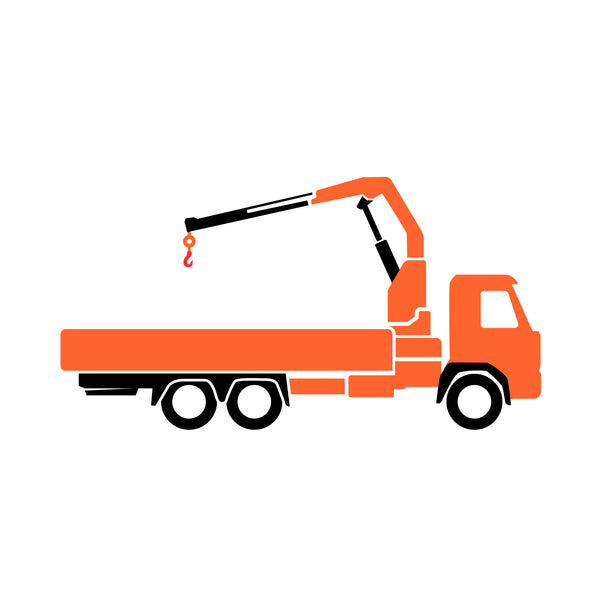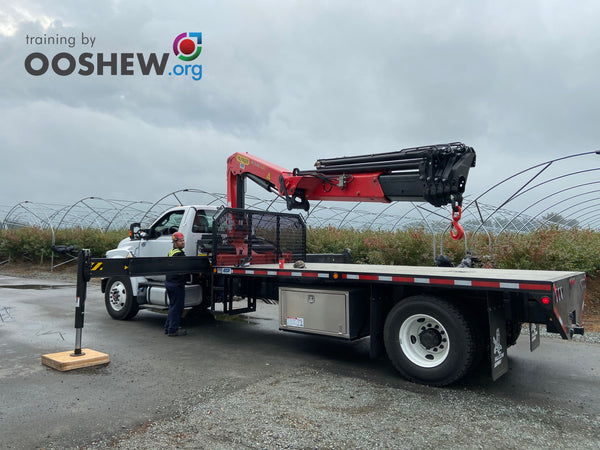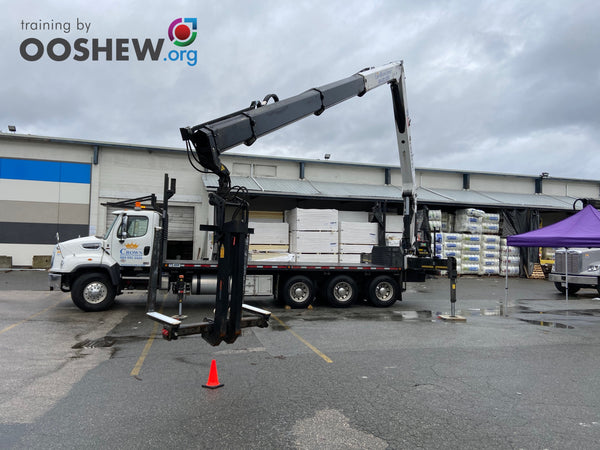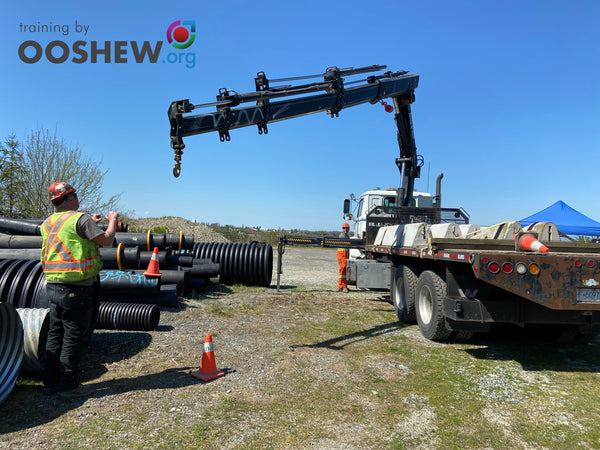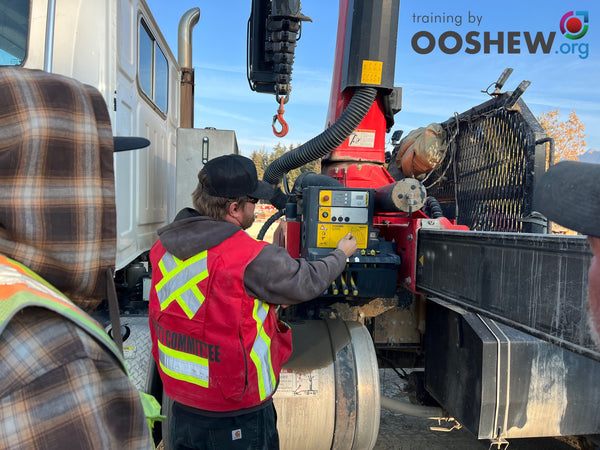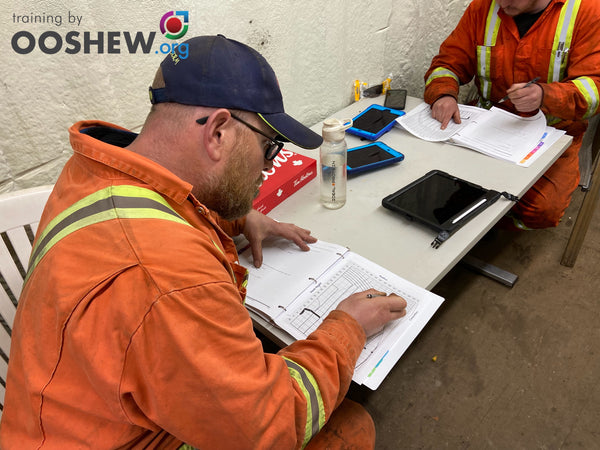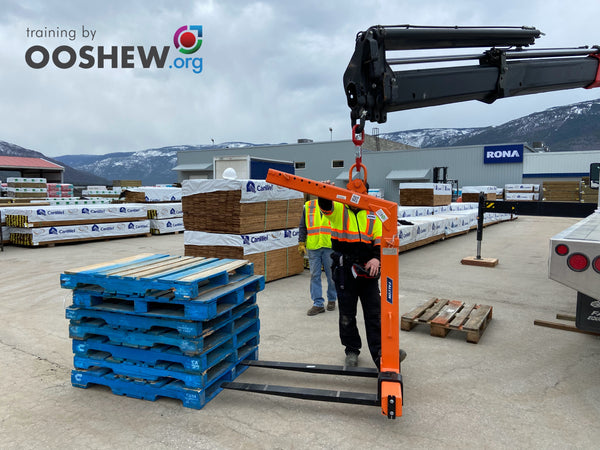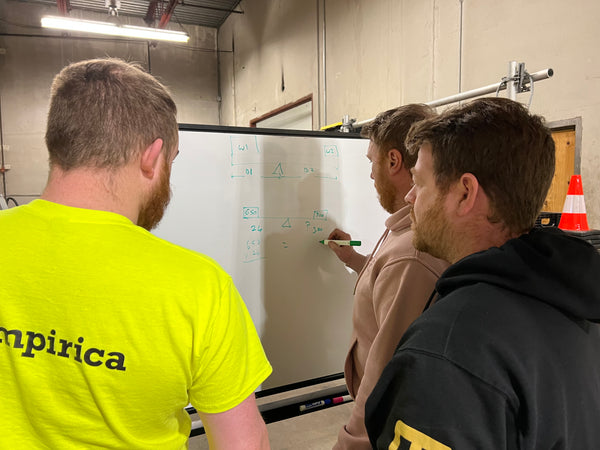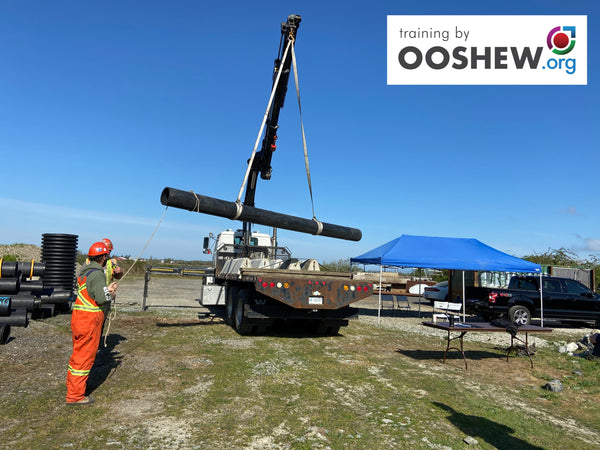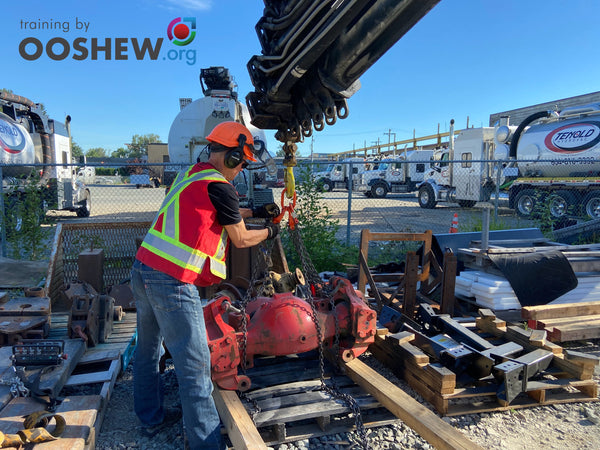OOSHEW
Folding Boom Crane
Description
Request Training
Course Type
Equipment operating.
Course Purpose
- This course is for a worker whom has minimal experience or is new to operating a truck mounted Folding Boom Crane (also known as a knuckle boom crane) and does not have a Level A or B operators license.
- This course includes Rigging training.
Skill Level
Novice Operator.
Training Method
In-person.
Class Size
1 - 4 students.
Training Duration
16 hours (2 days).
Training Locations
- Alberta Region: In-person training at the customer's workplace.
- British Columbia Region: In-person training at the customer's workplace.
Customer Requirements
Customer supplied crane, load and rigging equipment for practical lessons.
Student Requirements
- The driver of the crane must have a valid driver's license for the class of vehicle the crane is mounted on.
- Wear the required Personal Protective Equipment (provided by student):
- PPE as per the training location requirements.
- Safety boots, hard hat, high visibility vest/jacket/overall.
Training Certification
Digital training card as proof of training, includes hyperlinked class photos and course material. Valid for 3 years.
Bonus for Large Employers (50+ students)
Access to OOSHEW's robust training database (training records from your employees and your subcontractors).
Course Price
- Fixed Rate: $8,000.00 (maximum 4 students).
- Platinum Members: 25% discount.
- Gold Members: 10% discount.
- Additional Fees: Out of town travel expenses when applicable.
Course Outline
Literature
- Internet based with rich multimedia information, accessible on computer or mobile device (Apple, Android).
- Start by setting up a free account Click Here to Get the Mobile App
Theory Lessons
- Applicable OHS Regulations (Federal, Provincial).
- Applicable CSA standards and ASME standards.
- Review of Fulford Certification process for crane operators (applicable for Alberta, British Columbia and Yukon operators).
- Operator responsibilities.
- Manufacturer specifications for the equipment being trained on.
- Hazard and Risk Assessment for operating the equipment safely in the workplace.
- Safe operating procedures.
- Safe approach limits to energized equipment and power lines.
- Hand signals and working with a spotter.
- Equipment purpose and limitations.
- Equipment stability and Stability Certificate.
- Equipment preventive maintenance practices.
- Equipment inspection criteria.
- Equipment transport.
- Crane load chart comprehension.
- Crane load calculations.
- Rigging tables comprehension.
- Rigging calculations.
Documentation Lessons
- Completing a Hazard & Risk Assessment.
- Completing a pre-use inspection checklist.
- Completing a Lift Plan.
Practical Lessons
- Hand signals.
- Calculating loads and crane lifting capacity.
- Staging a control zone.
- Safe setup and stowage of the crane.
- Inspecting the crane components.
- Operating the crane (without a load).
- Operating the crane (with a load).
- Time target practice (as per the Fulford Practical Assessment criteria).
